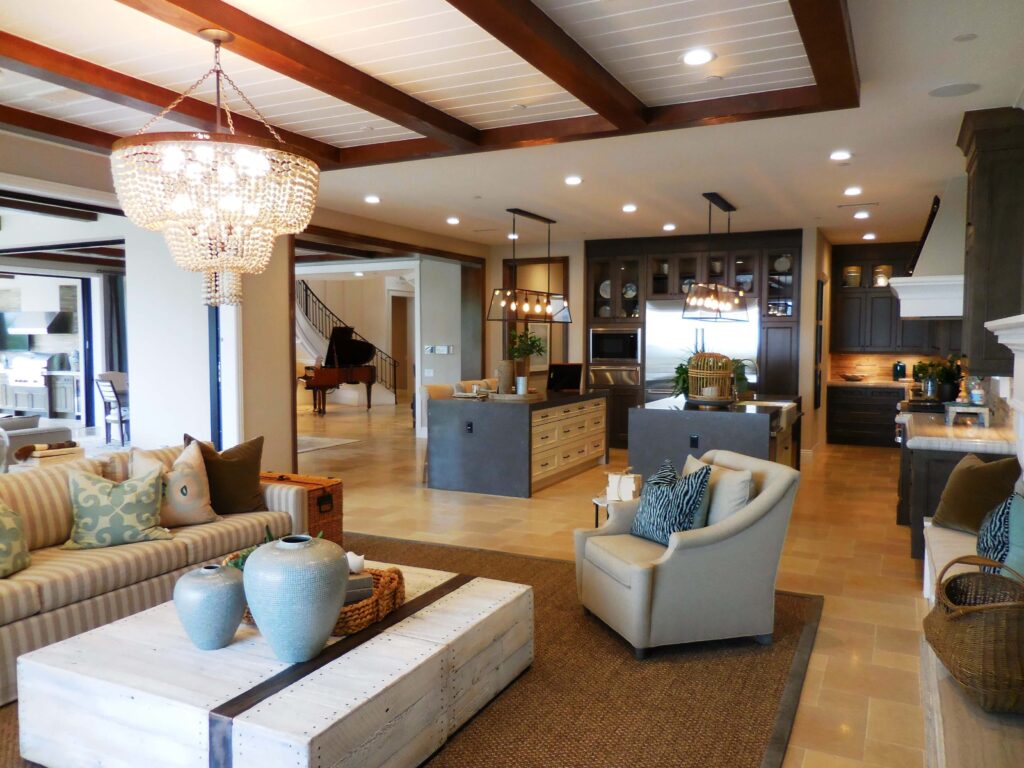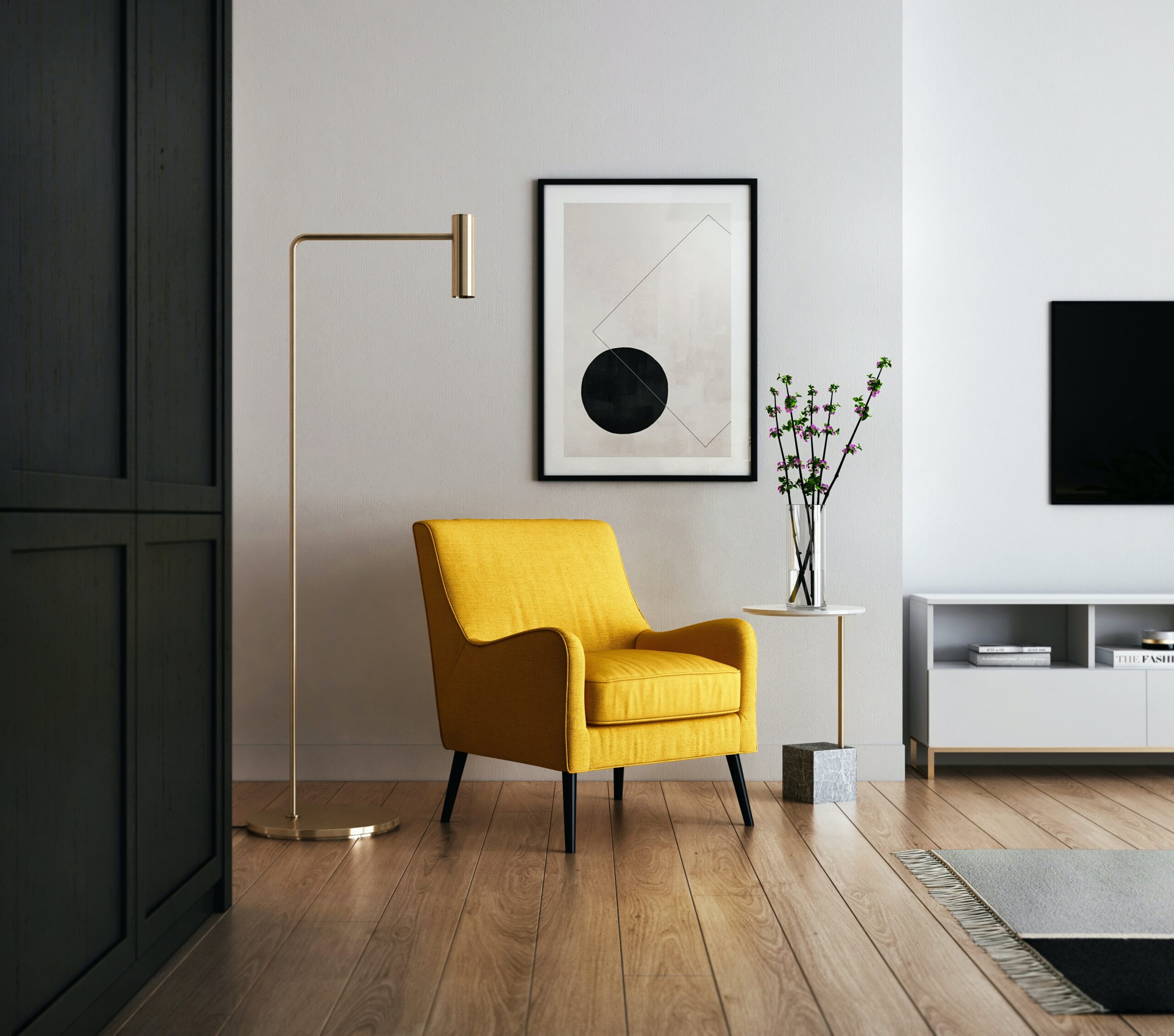The budget for furniture can vary widely depending on individual circumstances, preferences, and the specific needs of the space. Here are some general guidelines to help you determine a budget for furniture:
- Assess Your Overall Budget:
- Start by assessing your overall budget for furnishing a room or an entire home. Consider your total budget for decorating, including furniture, decor, and any additional expenses.
- Prioritize Essential Pieces:
- Identify the essential furniture pieces you need for the space. These may include a sofa, bed, dining table, chairs, and storage units. Prioritize spending on these essential items.
- Allocate Budget According to Priority:
- Allocate a larger portion of your budget to high-priority items that are central to the functionality and comfort of the space. For example, investing in a quality mattress for your bed or a comfortable sofa for the living room may take precedence.
- Consider Quality Over Quantity:
- It’s often better to invest in fewer high-quality pieces than to fill the space with lower-quality, disposable furniture. Quality furniture tends to last longer and can be a more sustainable choice in the long run.
- Research Price Ranges:
- Research the price ranges for the type of furniture you’re looking for. This can give you a realistic idea of the cost and help you set a budget that aligns with your preferences.
- Explore Different Shopping Options:
- Explore various shopping options to find furniture that fits your budget. Consider both traditional brick-and-mortar stores and online retailers. Additionally, look for sales, discounts, and clearance items.
- DIY and Upcycling:
- Consider do-it-yourself (DIY) projects or upcycling existing furniture to save money. This can be a creative and cost-effective way to furnish your space.
- Factor in Additional Costs:
- Don’t forget to factor in additional costs such as delivery fees, assembly costs, and any necessary accessories or decor items.
- Room-by-Room Approach:
- If you’re furnishing an entire home, consider taking a room-by-room approach. Prioritize the most-used spaces and allocate your budget accordingly. You can always add furniture to other rooms over time.
- Flexibility in Budgeting:
- Be flexible in your budgeting. While it’s essential to have a budget, it’s also important to be open to adjustments based on unexpected expenses or opportunities to invest in higher-quality pieces.
- Consider Second-Hand and Vintage Options:
- Explore second-hand and vintage furniture options. Thrift stores, consignment shops, and online marketplaces can be sources of unique and budget-friendly pieces.
- Set Realistic Expectations:
- Set realistic expectations based on your budget. Understand that you may not be able to afford all the furniture at once, and it’s okay to furnish your space gradually.
Ultimately, the budget for furniture is a personal decision and depends on your financial situation and priorities. By carefully planning and allocating your budget, you can create a well-furnished space that meets your needs and reflects your style.

